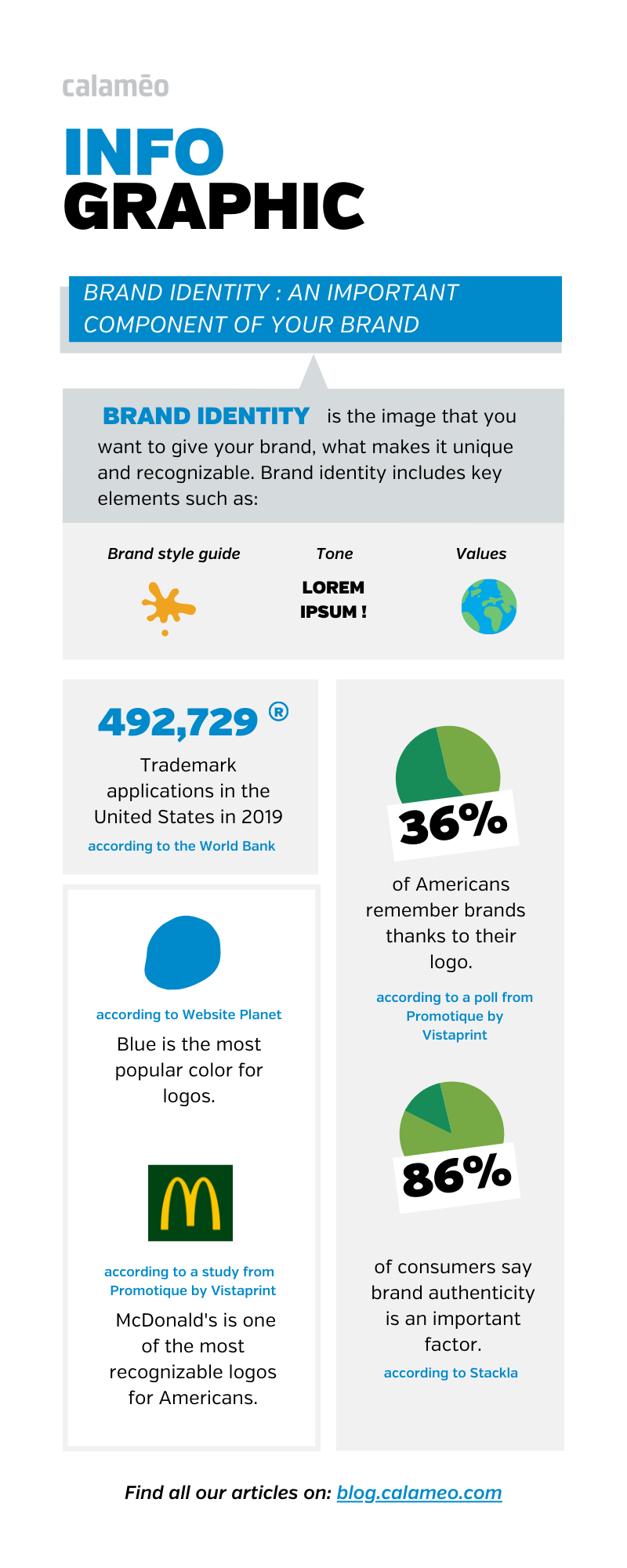Podcasts have become increasingly popular in recent years. Many people launch their own podcasts to share their passion or expertise with the world. However, with so many podcasts available, it’s legitimate to wonder whether it’s still a good idea to launch your own in 2024.
In this blog post, we’ll look at the pros and cons of launching a podcast in 2024 to help you decide whether it’s a good idea or not.
High costs
One of the main disadvantages of launching a podcast in 2024 is the high cost. If you want your podcast to be of professional quality, you’ll need to invest in quality equipment, such as microphones, digital recorders, audio editing software and so on.
In addition, you may have to pay for a hosting service, which can be expensive. If you don’t have the budget to invest in quality equipment, or if you can’t afford to pay for a hosting service, starting a podcast may not be a good idea for you.
Limited visibility
Another disadvantage of launching a podcast in 2024 is limited visibility. As we’ve already mentioned, there are a huge number of podcasts available, which means it can be difficult to get noticed. If you don’t already have a fan base or a large online community, it can be difficult to find an audience for your new content.
What’s more, podcasting platforms such as Apple Podcasts and Spotify have algorithms that favor popular podcasts, meaning that new ones will struggle to be found by listeners.
An opportunity to connect with a global audience
Despite these drawbacks, launching a podcast in 2024 may still be a good idea for several reasons. First of all, podcasts offer incredible opportunities to connect with a global audience. Listeners all over the world can find and listen to your podcast, which means you can reach a much wider audience than if you had a local radio show.
What’s more, podcasts are often listened to by people who are passionate about a specific subject, which means you can establish a community of dedicated fans who share your passion.
Great flexibility
Another advantage of launching a podcast in 2024 is flexibility. You can record your podcast anytime, from anywhere, which means you can work your podcast around your busy schedule. You can also choose the length of your podcast, which means you can create short, easy-to-digest content for listeners who don’t have a lot of time on their hands.
Conclusion
Launching a podcast in 2024 can be a good or bad idea. If you have the budget to invest in quality equipment and are willing to work hard to get noticed, launching a podcast can be a great opportunity to connect with a global audience and share your passion with the world. However, if you don’t have the means or can’t afford to take the risk, it may be best to look for other ways to share your content online.
In any case, we obviously recommend using Calaméo to upload and share all your content, transforming it into superb, enriched, shareable publications.



